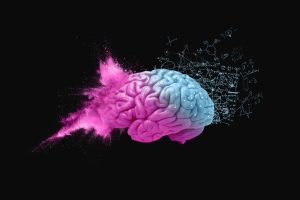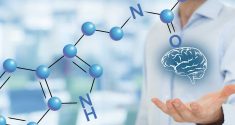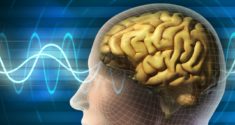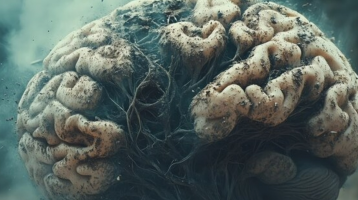A genetic disorder leads to an increase in bioactive lipids in the brain, which contributes to an imbalance between excitation and inhibition in the neuronal circuits and favors mental disorders. However, treatment with an enzyme inhibitor that prevents the activation of these lipids can restore the balance and alleviate symptoms. This is the result of a recent study on the link between synaptic lipid signaling in the brain and mental disorders. The results of the study were published in the journal Molecular Psychiatry and could open up new possibilities for the treatment of mental disorders.
Imbalance Between Excitation and Inhibition in the Brain Promotes Mental Impairment
 The teams led by Dr. Johannes Vogt from the Institute of Molecular and Translational Neuroscience at the University of Cologne, Dr. Robert Nitsch from the Institute of Translational Neuroscience at the University of Münster and partners at other universities investigated the role of the enzyme autotaxin and its counterpart, the protein PRG-1, in regulating the balance between excitation and inhibition in the brains of humans and mice. The research was carried out as part of the Collaborative Research Center 1451 “Key Mechanisms of Motor Control in Health and Disease”.
The teams led by Dr. Johannes Vogt from the Institute of Molecular and Translational Neuroscience at the University of Cologne, Dr. Robert Nitsch from the Institute of Translational Neuroscience at the University of Münster and partners at other universities investigated the role of the enzyme autotaxin and its counterpart, the protein PRG-1, in regulating the balance between excitation and inhibition in the brains of humans and mice. The research was carried out as part of the Collaborative Research Center 1451 “Key Mechanisms of Motor Control in Health and Disease”.
The project led by Vogt and Nitsch within the CRC deals with the balance between excitation and inhibition in the brain and its effect on motor control. This balance plays an important role in mental disorders. During excitation, neuronal circuits cause information to be passed on and other neurons to be activated; during inhibition, this passing on of information is interrupted.
The project groups in Cologne and Münster had already shown in earlier studies that endogenous lipids in the brain are activated by the enzyme autotaxin and stimulate nerve cell activity at the central switching point of signal transmission, the cortical synapse. As a result, they alter information processing in the brain’s networks.
New Perspectives for the Diagnosis and Treatment of Mental Disorders
In the current study, the researchers analyzed the functional consequences of the altered signal balance in 25 people, which was triggered by the antagonist of autotaxin, which reduces the activated lipids at the synapse. Using various methods for measuring brain waves and brain activity as well as psychological tests, they found specific changes that also occur in patients, so-called intermediate phenotypes of mental disorders. This means, for example, that comparable patterns of brain activation can be found in both patients and their clinically healthy relatives.
Further investigations in the mouse model revealed that animals with a similar genetic disorder show comparable symptoms: increased anxiety, a depressive phenotype and lower stress resilience. The synchronization and information transfer between the brain areas was similarly disturbed in humans and mice. The study suggests that the regulation of excitation and inhibition by synaptic lipid signaling plays a crucial role in the development of mental disorders.
Autotaxin is the key enzyme of lipid activation in the brains of mice and humans. The increased excitatory state of the networks caused by the genetic disorder could be restored by administering specific autotaxin inhibitors. According to the researchers, these findings open up new perspectives for the diagnosis and treatment of such disorders. According to the researchers, targeted modulation of synaptic lipid signals by autotaxin inhibitors that can reach the brain could open up possibilities for the treatment of mental disorders. In future studies, the researchers want to investigate these approaches further and test their efficacy and safety in clinical trials.







